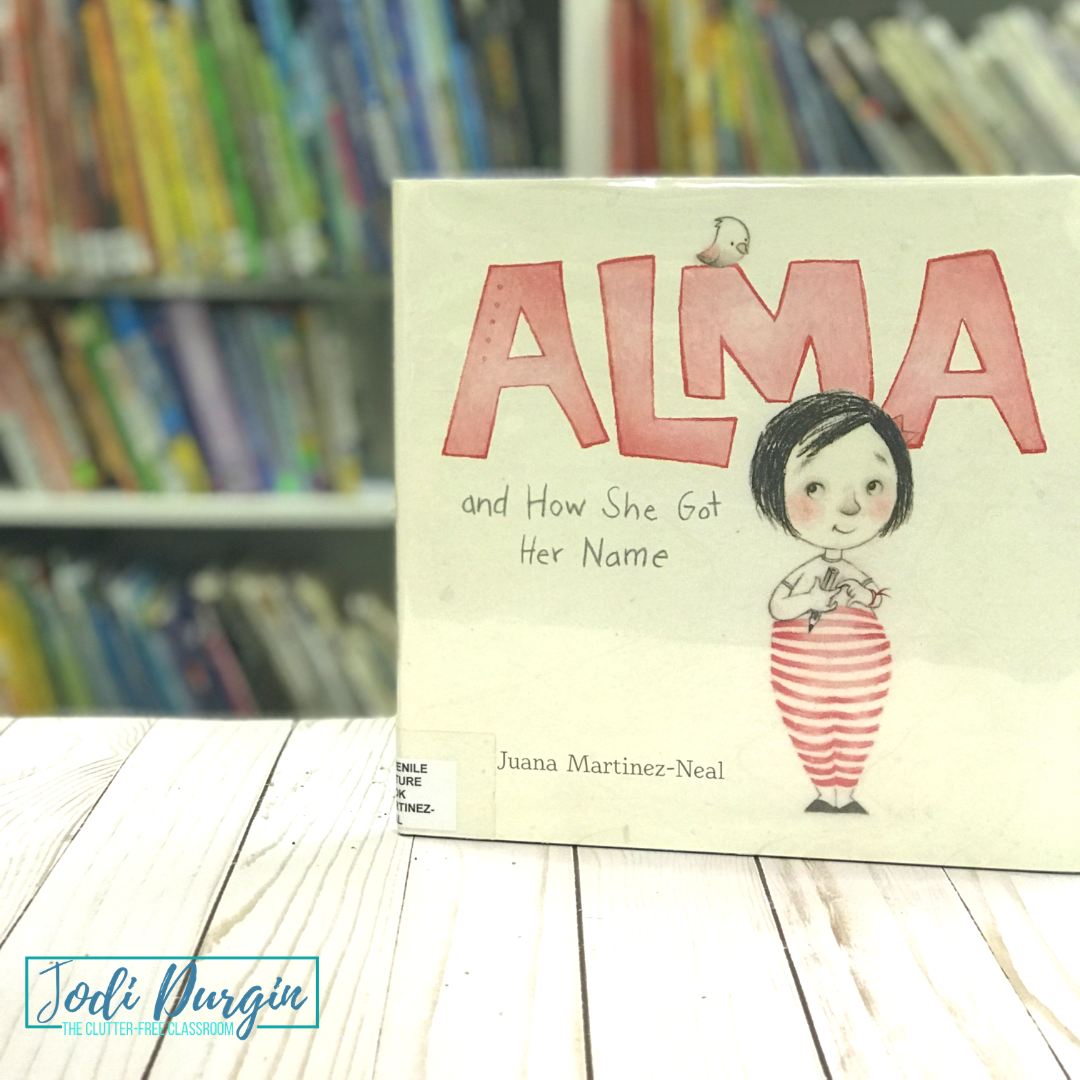In the enchanting world of children’s literature, few stories resonate as deeply as “Alma and How She Got Her Name.” This delightful tale enchants readers by weaving themes of identity, family heritage, and the joy of storytelling. Alma’s journey isn’t just about discovering the significance of her name; it’s a soulful exploration of the stories that shape who we are. This article presents a collection of captivating activities designed to immerse children in Alma’s adventures, fostering a deeper understanding of not only her journey but also their own identities. Through these activities, children will gain insights, spark their imaginations, and perhaps even see their own lives through a different lens.
Exploring Cultural Roots through Storytelling
One of the most engaging activities revolves around the art of storytelling. Invite children to gather with family members and discover the stories behind their own names. Each name carries a tale—perhaps it reflects a family tradition, cultural heritage, or even a significant event. By sharing these narratives, children can engage in discussions about their ancestry and the values that their names embody. Encourage them to create a family tree that showcases not just names but the stories behind them.
Creative Art Project: Name Illustrations
Artistic activities can captivate the minds of young adventurers. A fantastic project involves creating personalized name illustrations. Provide children with art supplies such as colored pencils, markers, and stickers. Ask them to illustrate their names in a way that represents their personality and cultural background. For instance, if a child’s name has a specific meaning tied to nature, they can incorporate elements like flowers or trees in their artwork. This not only enhances their artistic skills but also allows for reflection on personal identity.
Mapping Alma’s Journey
Take a creative detour by mapping out Alma’s journey using a large piece of paper or a digital platform. Children can draw or digitally create a map that outlines key locations and events from the book. As they work on the map, prompt them to think critically: What places did Alma visit? How do those locations connect to her understanding of her name? By visually representing Alma’s adventures, children engage in geographical literacy while deepening their comprehension of narrative pathways.
Interviewing Family for a Deeper Connection
Encouraging children to conduct a family interview can be a profound experience. Provide them with a set of questions they can ask relatives, such as: “What story do you associate with your name?” or “How do you think your name has shaped your life?” This activity stirs up conversations that delve deep into personal histories. It fosters curiosity about familial legacies and creates a warm atmosphere for sharing memories. Children can document these interviews, allowing them to create a living record of their family’s narrative history.
Writing a Personal Narrative
As children ponder their names and identities, guide them to write a personal narrative inspired by their experiences. Encourage them to explore questions like: What does your name mean to you? Have you ever felt a connection, or perhaps a disconnection, to your name? Through this reflective activity, they gain clarity on their thoughts, allowing for a deeper exploration of their own identity. This narrative writing can be formatted like a letter addressed to their name, explaining how they feel about it over time.
Role-Playing Scenarios
Another fun and educational approach is through role-playing. Children can act out various scenarios inspired by the book, such as Alma’s encounters with her father and grandmother. Role-playing not only encourages empathy but also allows children to step into different perspectives, further enriching their understanding of the narrative. After acting out scenes, facilitate a discussion about what they learned from stepping into Alma’s shoes and how it may apply to their own lives.
Exploring the Concept of Names in Different Cultures
To widen the canvas of understanding, introduce children to the significance of names across various cultures. Each culture has unique naming traditions, often linked to historical, spiritual, or familial aspects. Engage them in a discovery activity where they research a culture different from their own and learn about naming ceremonies or historical figures known for meaningful names. This global perspective not only piques curiosity but also cultivates an appreciation for diversity.
Journal Reflection: The Evolution of Identity
With the foundational activities explored, it’s valuable for children to take a moment and reflect. Encourage them to keep a journal dedicated to their thoughts about identity and names. This journal can include drawings, thoughts on the activities they’ve completed, and personal insights. It can serve as a personal sanctuary for their evolving thoughts about who they are and how they relate to their names and the world around them.
Celebrating Alma: A Themed Closure
Conclude the exploration with a celebration inspired by Alma’s story. Organize a small gathering where children can present their art, share narratives, and engage in storytelling. Consider incorporating snacks or desserts that relate to themes in the book. This gathering not only reinforces the shared experiences but also strengthens bonds among participants, providing a sense of community. By celebrating Alma and the unique stories of each child, they can leave with a newfound appreciation for their names, their stories, and ultimately, themselves.
Alma’s adventures provide more than just a narrative; they invite children into a realm of reflection, creativity, and identity exploration. Engaging in these activities allows young minds to embrace who they are and informs them about the profound significance behind a name—transforming a simple label into a rich tapestry woven with history, hope, and endless adventures waiting to unfold.
